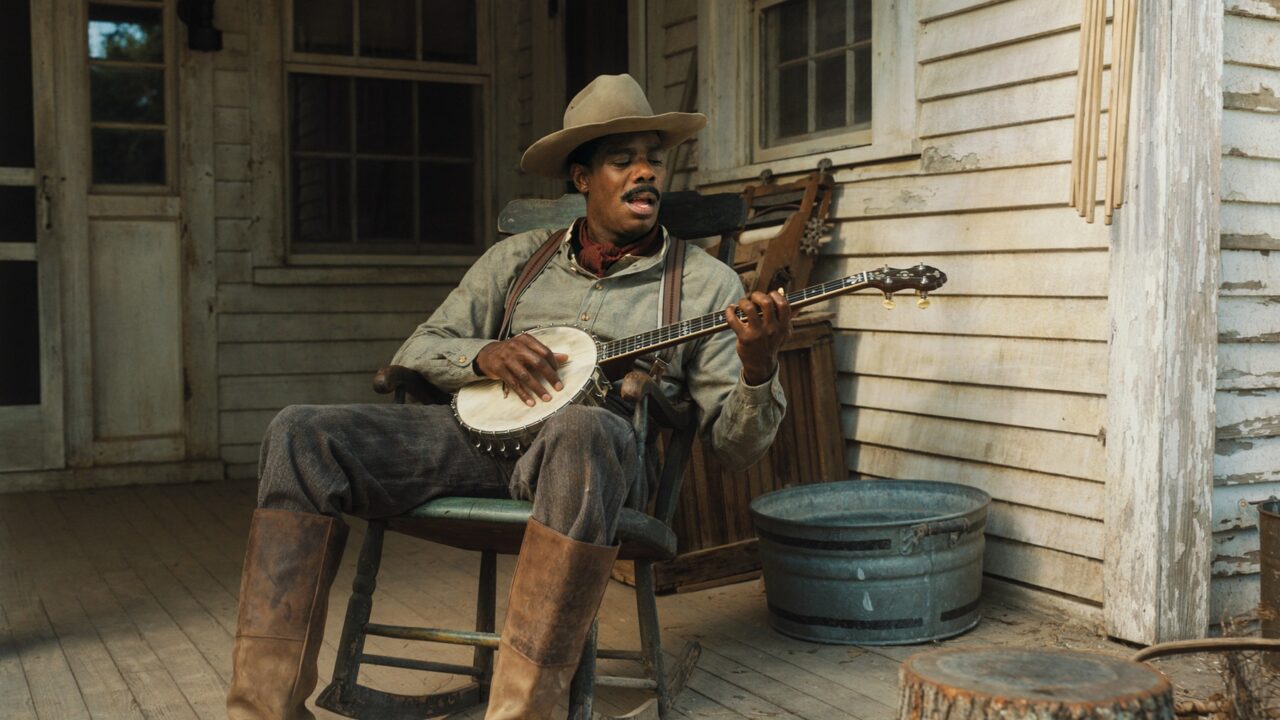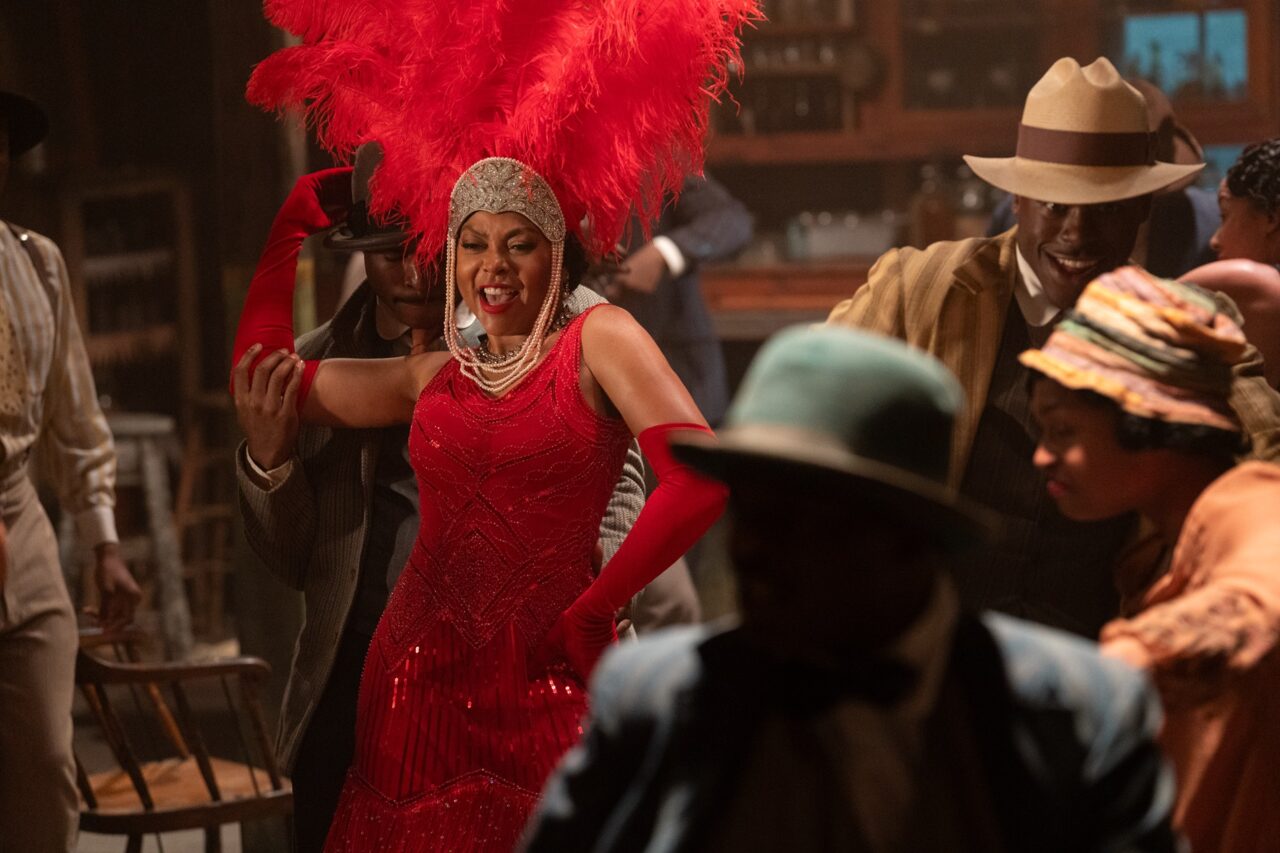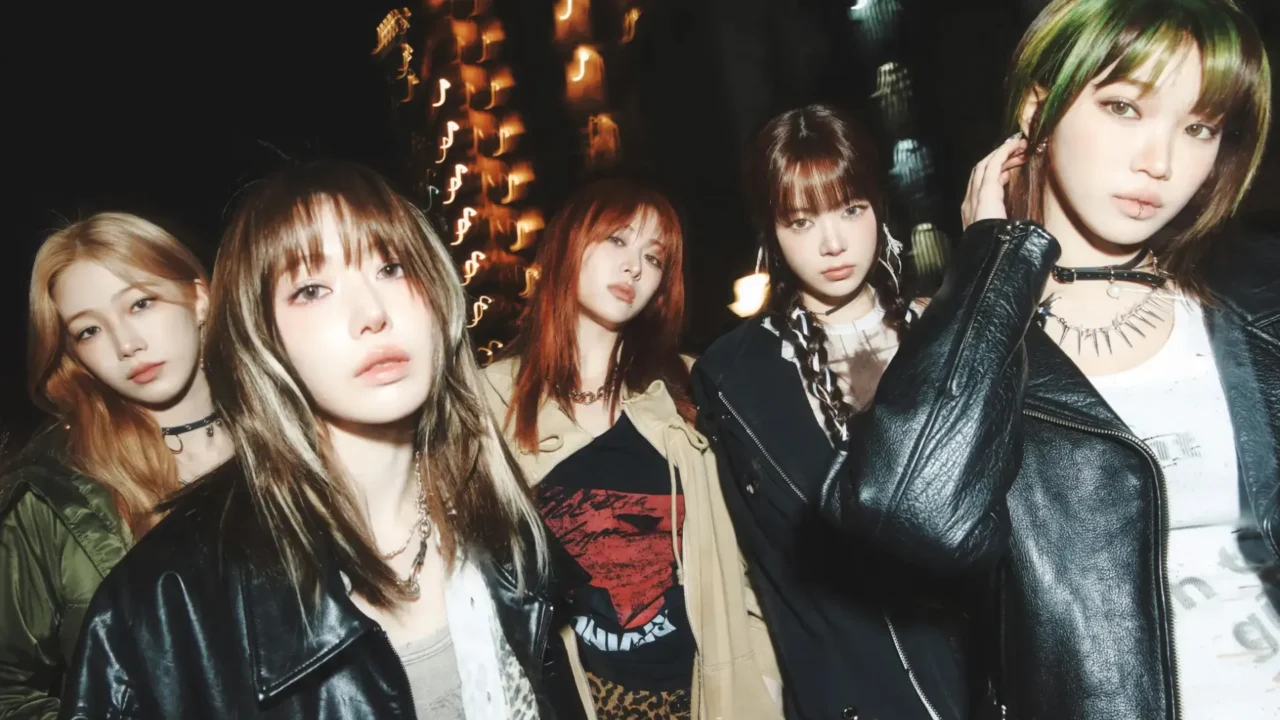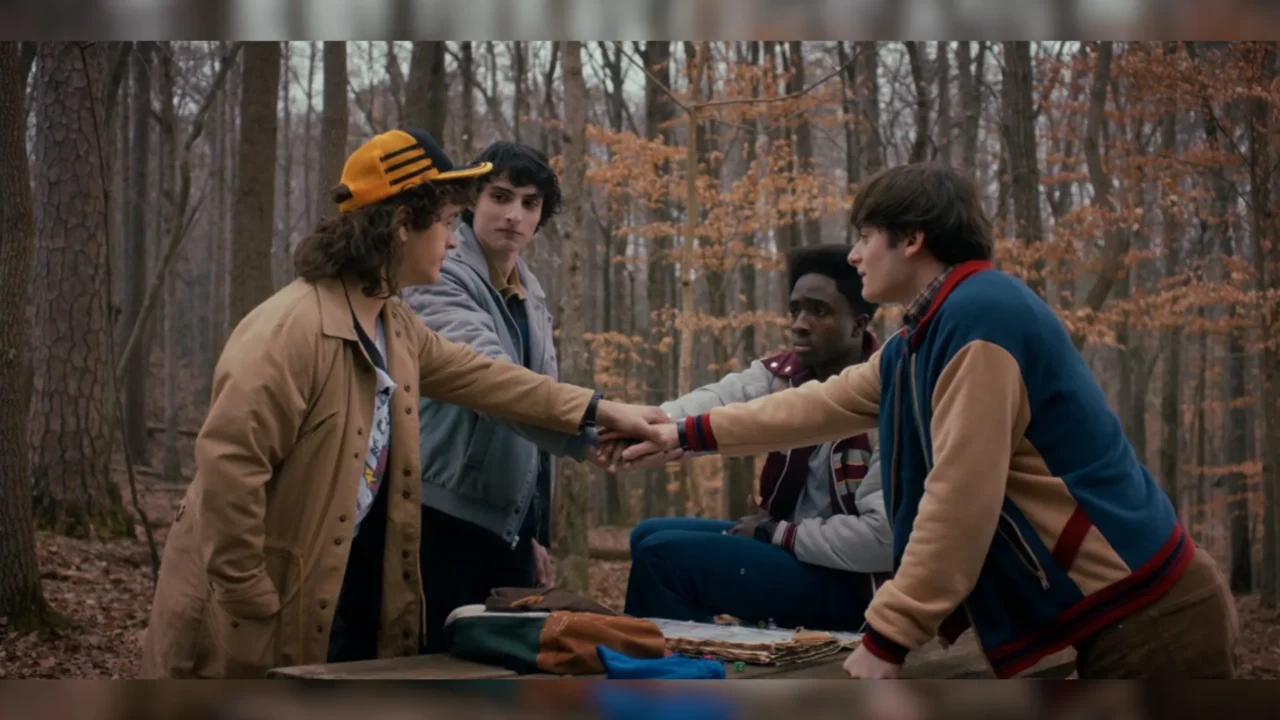Set against the backdrop of the American South in the early 20th century, ‘The Color Purple’ is a musical film depicting the challenging life of African American women. Regarding the film’s music, music director/critic Yuji Shibasaki notes that it serves as a representation of the era and its transitions, while also highlighting the richness of its appeal by not being overly fixated on historical accuracy. Delving into the musical aspects of this epic, often referred to as the African American ‘Les Misérables,’ this article is part of the series ‘The Song Selection that Shapes the Film,’ 11th installment.
Please note that this article contains descriptions related to the content of the film.
INDEX
A Musical Film Based on a Masterpiece Novel that Spielberg also Adapted into a Film
Alice Walker’s Pulitzer Prize-winning novel, ‘The Color Purple,’ became a hit after Steven Spielberg adapted it into a film in 1985. Despite not winning major awards, the movie garnered significant audience support. In 2005, the Broadway musical adaptation succeeded, leading to nationwide tours, revivals, and international performances, solidifying its status as a beloved and popular production.
And in 2023, a new musical film adaptation of ‘The Color Purple’ has been completed. While it has already generated buzz in the United States and elsewhere, it is set to be released nationwide in Japan on February 9th (Friday).
The director of the film is Blitz Bazawule, a Ghanaian visual artist, writer, and musician who has garnered recognition for his collaboration with Beyoncé on the visual album ‘Black Is King,’ which earned a nomination at the 63rd Grammy Awards. The production also involves veterans such as Steven Spielberg, the director of the 1985 version, as well as Oprah Winfrey, who played the crucial role of Sofia in the same version, and Quincy Jones, who handled the music for the 1985 adaptation.
The cast is equally impressive. Fantasia Barrino, who previously played the lead role in the stage version, takes on the character of Celie, while Daniel Brooks, nominated for a Tony Award in the revival of the stage production, reprises the role of Sofia. Additionally, Taraji P. Henson is chosen for the role of blues singer Shug Avery, Harry Belafonte (Nettie), H.E.R. (Gabriella Wilson) as Squeak (Mary Agnes), and Corey Hawkins as Harpo, bringing together a diverse and talented ensemble of actors and musicians (*).
John Batiste also makes his acting debut in the role of Shug’s partner and pianist.

INDEX
A Story of Tragedy and Empowerment for African American Women
Let me briefly introduce the plot of the movie.
The first half is set in the early 20th century along the coast of Georgia, USA. Two African American sisters live together, supporting each other despite the fear of violence from their father. Celie, the older sister, becomes pregnant after enduring abuse from her father and gives birth to two children. However, her father takes the newborns away from Celie immediately, separating them.
One day, a man who had been eyeing Celie’s sister Nettie visits their home intending to marry her. Celie’s father, wanting to get rid of her, pushes Celie onto the man. When Celie arrives at the neglected house, she is subjected to the cruelty of the man called “Mr.” Nettie, having escaped the lascivious advances of her father, arrives, but the sisters are forcibly separated after Nettie rejects Mr.’s abuse. Nettie vows to keep writing letters, but Celie is devastated, shedding tears of despair.
However, Nettie’s letters never reach Celie as the years pass. Celie endures the hardships of her husband’s violence and an unbearable life. Then, a group of women comes into her life. One is Sophia, a tough and independent woman, the lover of Celie’s stepson Harpo. Later on, another woman appears – Shug, a blues singer whom Mr. has been infatuated with for a long time.
Living in the abyss of despair, Celie, as she interacts with these proud women and shares her heart with them, gradually begins to harbor a glimmer of hope and the power of resistance within herself. Finally, Celie musters the courage to confront the world that has oppressed her for so long and stands up against it.

In terms of story, the film is generally a fairly straightforward remake of the 1985 film, with no major changes made from the 1985 version. Perhaps this also tells us that Spielberg’s version, which was met with mixed reviews at the time of its release, was a very skillful adaptation of a film of a high standard from today’s perspective. In fact, looking back on it now, Spielberg’s version is even more sensational in terms of the severity of the trauma suffered by Celie and the other women, and the jittery care with which it was portrayed.
On the other hand, many new plots have been added (or altered or deleted) in this latest version, and the overall impression is that more emphasis is placed on overcoming trauma and empowerment than on excessive focus on tragedy. As a result, the film seems to have succeeded in driving the viewer to think in a positive way about how to overcome the historically accumulated problems of patriarchy, discrimination against blacks, and other compounded issues that have long afflicted African American women, namely intersectionality. (On the other hand, it could be criticized that the depiction of such hardships is too loose.)

INDEX
Music adeptly Capturing the “Spirit” of the Time and Place
While such positivity is brought to the fore through skillful drama and the emotional performances of the actors, the music is also very effective.
Many of the songs sung by the cast in this production were composed for the stage version by Brenda Russell, Allie Willis, Stephen Bray, and others, and were newly arranged for the film. Meanwhile, “Miss Celie’s Blues,” composed by Quincy Jones for the 1985 film, has also been reprised, much to the delight of fans of the original version. The film also includes several newly written songs that play an important role musically. At the director’s request, Christian McBride arranged the jazz songs, Keb’ Mo’ arranged the blues songs, and Ricky Dillard arranged the gospel songs.
The first interesting feature of these songs is that they are (or seem to be) cleverly influenced by real music that would have been heard by the people of the time in the region where the film is set. The early part of the film, which takes place in 1909, incorporates the sound of the banjo played by Mister and work songs sung by the prisoners (such as “She Be Mine” sung after the scene where Celie encounters her child in the city), which show the vernacular folk culture before roots music such as blues was widely commercialized as a recorded product. The film hints at a vernacular folk culture that existed before roots music such as the blues was commercialized as a recorded product.

The film, which spans a period of about 40 years, makes good use of these musical structures and how they changed over time to depict the time transitions, fashions, and customs of each period.
After Prohibition, the film takes place in the so-called “Jazz Age” of 1920, and the sound changes drastically. In particular, it is easy to hear the footsteps of the swing jazz craze in the opulent “Shug Avery” sung in the scene where Shug arrives in town. The character of Shug himself is also a reflection of the classic blues singers of yesteryear, and is also a reflection of the jazz-leaning blues of this era. It is obvious that she is emulating the singers of yesteryear. She sings jazz-inspired blues (“Push Da Button”) in glittering costumes reminiscent of such contemporaries as Mamie Smith, Bessie Smith, Ma Rainey, and Ida Cox.

Shug is also a popular singer in Memphis, a large city in the neighboring state of Tennessee, and in the film she is portrayed as having an urban sensibility that contrasts with Celie and her friends in the country. In the film, she is portrayed as a person with an urban sensibility that contrasts with Celie and her friends who live in the countryside. In the scene where Celie and Shug go to the cinema, we hear the flowing “What About Love?” reminiscent of Hollywood musicals of the 1930s. When the film moves further back in time to 1945, we hear a jump blues sound (“Miss Celie’s Pants”) that dominated the scene at the time.
In addition, the fact that the secular music of blues and the gospel music dedicated to God are depicted as clearly opposing each other throughout the film is also very impressive and realistic. While the blues sung in a juke joint represents the deceitfulness of the secular world, including love, drinking, and debauchery, the gospel sung in a church is depicted as a symbol of love for God that shakes off such deceitfulness. This oppositional structure accelerates the story of the disconnection (and coming reconciliation) between Shug, who has a father who is a minister but is “devoted” to the blues, and his father, who is a clergyman, and at the same time dramatically conveys the gap between the secular and the sacred that existed in southern American society at that time, which may be somewhat difficult to understand for Japanese audiences today. The film also dramatically conveys the divide between the secular and the sacred that existed in the American South at that time. At the same time, the film’s narrative depth is also achieved by not simply making an immediate judgment as to which side is superior.























